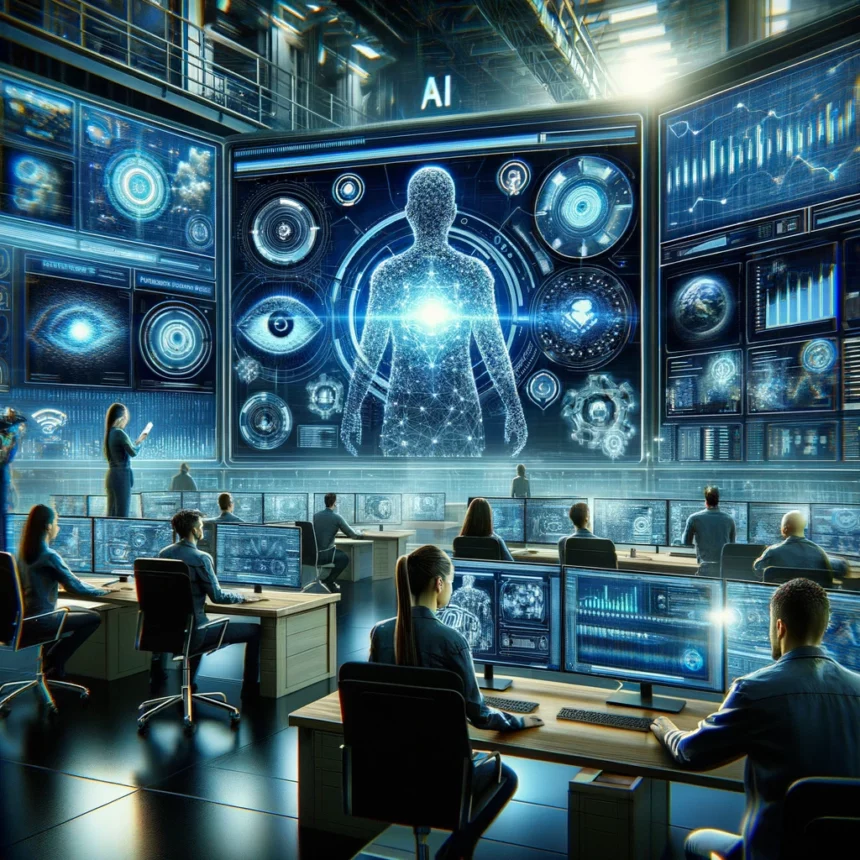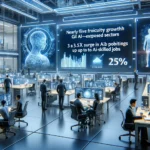William Fry’s experts, Rachel Hayes and Róisín Culligan recently highlighted the challenges and opportunities presented by AI in the world of cybersecurity.
The Rise of AI in Cybersecurity
AI has become an indispensable tool for businesses, enhancing everything from customer service to operations. However, as much as it has helped, it has also introduced new risks. The digital landscape is evolving, making cyberthreats more sophisticated and harder to detect.
In Europe, lawmakers are crafting new regulations to keep up with these changes, ensuring that businesses adhere to stringent cybersecurity standards.
The Growing Threats
A report from the UK’s National Cybersecurity Council warns of an increase in ransomware attacks globally over the next two years. AI has made it easier for even inexperienced hackers to execute successful attacks. As AI technologies advance, cyberattacks are becoming more intricate, with ransomware continuing to be a major threat.
The interconnected nature of today’s business ecosystems also means that a single security breach can have widespread repercussions, as seen in the 2023 Moveit data breach.
How AI Helps
Despite these risks, AI is a powerful ally in the fight against cyber threats. It helps in detecting fraud, analyzing risks, and enhancing network security through penetration testing. AI’s ability to analyze data patterns makes it effective in recognizing phishing attempts and even training employees to spot such scams.
The EU encourages the use of AI for strengthening cybersecurity, specifically through initiatives like the NIS2 Directive, which promotes the use of machine learning to secure networks and information systems.
AI as a Tool for Cybercriminals
On the flip side, cybercriminals are also using AI to create more advanced attacks. These include:
- Social engineering schemes: Using AI to generate convincing fake messages or calls to trick people into divulging sensitive information.
- Password hacking: Enhancing algorithms to crack passwords more efficiently.
- Deepfakes: Using AI to create fake videos or audio to impersonate others, potentially harming reputations or spreading false information.
- Data poisoning: Manipulating the data used by AI systems to cause errors or malicious actions.
Europe’s Response with Tighter Regulations
The EU is taking these new challenges seriously by updating its legal frameworks to address the complexities introduced by AI. The NIS2 Directive, for example, will impose new cybersecurity standards that businesses must meet, affecting their operations and even placing personal liability on senior executives.
The upcoming EU AI Act and Cyber Resilience Act are set to further define and enhance how ‘high-risk’ AI systems and digital products must handle cybersecurity throughout their lifecycle.
The Way Forward
As AI continues to weave itself into the fabric of digital enterprise, businesses must navigate these waters carefully. They need to balance the benefits of AI in cybersecurity with the potential risks it introduces. With robust cybersecurity measures and adherence to emerging regulations, businesses can protect themselves and their customers from the ever-evolving cyber threats.
















